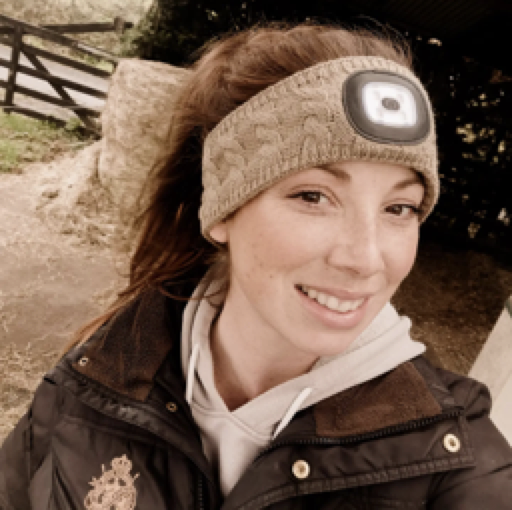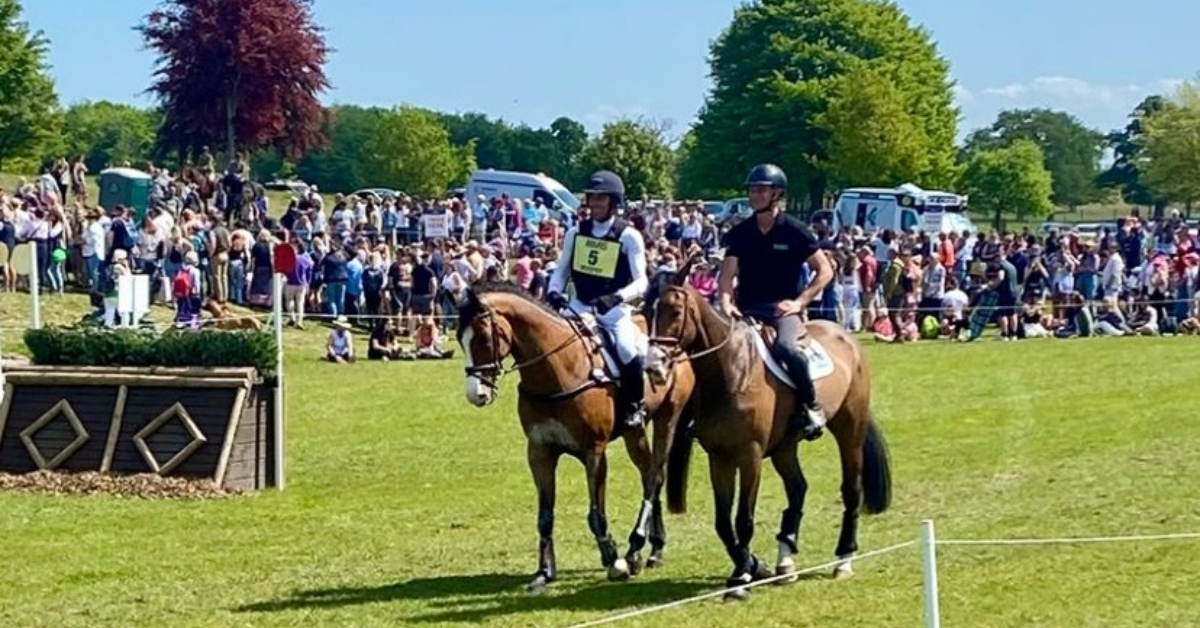By Sarah Elebert
Training a young horse is exciting! With dreams, aspirations, goals and lots of potential, it’s a great position to be in. However, where do you start?
In this article, I am discussing the mindset of a horse during the early stages of the breaking/training process and highlighting the importance of allowing each horse to set it’s own time frame for learning.
Horses by nature are flight or fight animals and it never ceases to amaze me that they allow us to work with them at all. This innate characteristic needs to be respected as we go through the training process at all levels, in all disciplines.
As we introduce new things to our horses, a bridle, a saddle, a rider, we must allow them time to mentally process these new “threats” and accept that they are not harmful. It is worth noting that just because your horse may stand still while the aforementioned is being introduced, it does not mean that they accept it.
I once heard a good analogy of the horse’s mindset during training and it stuck with me…
As you begin a horse’s training, picture their mind as being that of a glass – a “Worry Glass”. As we introduce new things to the horse, we add water/worry to the glass. We keep adding more and more, filling the glass and it will eventually overflow. Visible resistance from the horse such as bolting, exploding, shutting down, are all signs that the “worry glass” has overflowed. This is the horse saying enough.
So, how do we stop the worry glass from overflowing? We must teach the horse to empty it.
Correct training and Time – Horses learn by using gentle repetition. By introducing the new object or lesson, allowing them to spend a little time with it, then taking it away, teaches them that it is not harmful. With repetition and allowing your horse the time to process, not only gives your horse time to learn and process but also gives them CONFIDENCE. This is so important and it is waiting patiently for this confidence that gives them the ability to empty the contents of their “worry glass”, meaning it never gets too full and overflows.
So, how do you know when your horse is confident enough to move on to the next step?
Going back to the beginning of this article when I mentioned that it is important to allow your horse to set the time frame of its training, well, this is what I meant. Every horse is different. They learn from different methods and some simply take more time than others to learn – they are similar to children in this way, there is no “one size fits all”.
Here are some typical signs that I look out for that tell me that my horse is getting used to emptying that “worry glass” and is making room for the next step in its education.
Breathing – A worried horse will hold its breath. A blow out of the nose and regular deep breaths are positive signs of relaxation.
Blinking – Get to know the difference between a horse “looking” (alert but blinking) or “watching/staring” (usually a lack of blinking, wide eyes, visibly on high alert).
Lowering its head – A sign of relaxing the muscles down its neck and back.
Licking or Chewing – This process shows a softening of the jaw muscles and is another good indicator of relaxation.
Smooth movements – The horse should be willing to move it’s feet without lurching forward or freezing to the spot.
Fundamentally, we have to take the time (again, determined by each individual horse) to allow them to process, understand and gain confidence in doing their “A,B,C’s”, which in turn, gives them the best foundation for going on to learn their “D,E,F’s”. If we skip or hurry through some of the earlier stages, they will not be equipped to deal with the more advanced parts of their training (both physically and mentally).
Stepping Back
As a coach & rider, I would never be afraid to take a step back in training. I will often put a horse back into it’s comfort zone and check that the foundations of it’s training are still firmly in place. I find this can be very beneficial. However, you really want to avoid needing to take a step back in your training because your horse said “no”. This is often a sign that the horse has been asked for too much too soon and lost confidence or due to a shortcut, doesn’t understand what is being asked of it. This is when the shortcut quickly becomes the detour.
So in conclusion, erring on the side of caution and giving our young horses the time to understand, will in turn, get you to your destination quicker… a classic case of Slow and Steady Wins The Race.


Share
Your subscription is 100% Free for our first year, No credit card details required.

The Judging Concerns That Keep Coming Back — And Why They Can’t Be Ignored Anymore We didn’t make it to

There are few sporting events that live up to the hype. Wimbledon? Too many strawberries. Cheltenham? Too many suits. But

British Veterinary Association publishes full response to Competition and Markets Authority’s proposed remedies for veterinary market for household pets. The